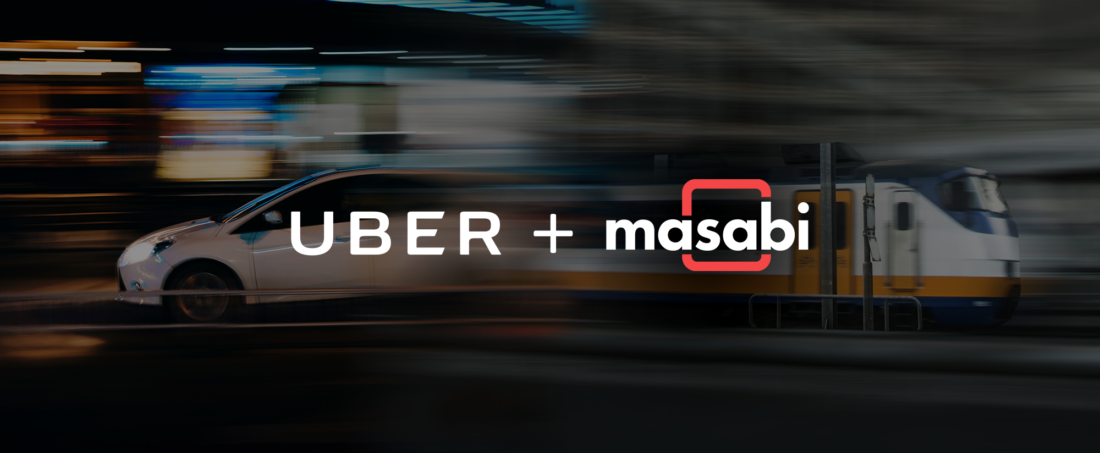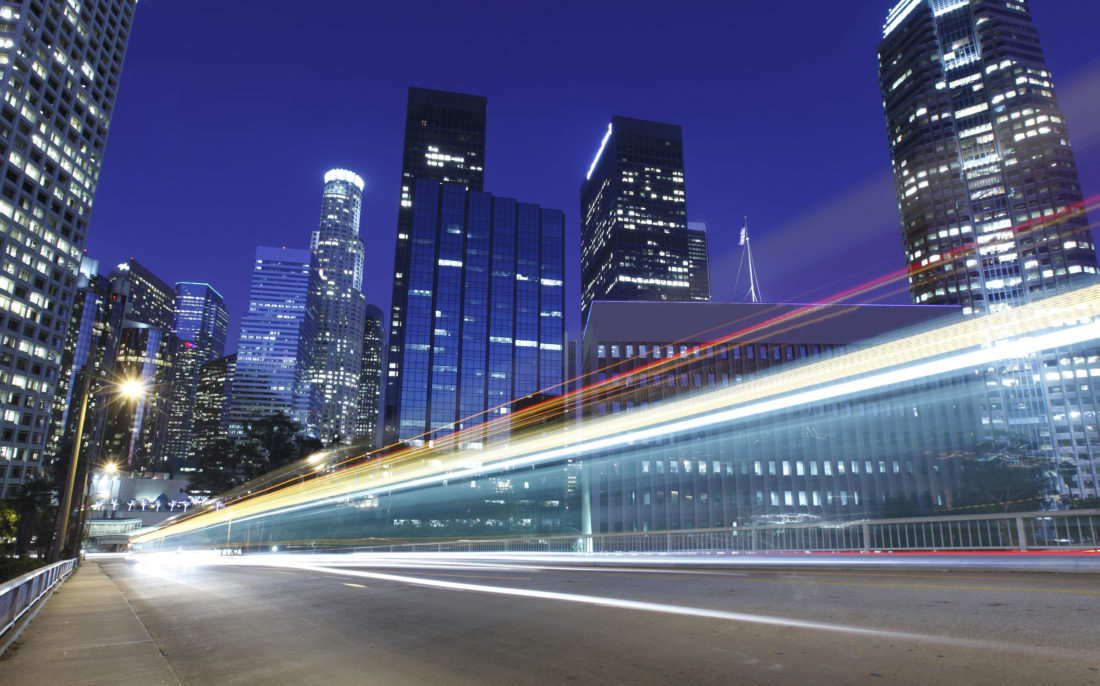Enabling Urban Mobility: The Lifeblood of the Smart City
Since the industrial revolution the pace of change within our cities has been dramatic, leading to the largest migration the human race has ever known – from the countryside to the city.
Today, close to 4 billion people reside in urban areas. By 2030, the world is projected to have 41 mega-cities of more than 10 million inhabitants. By 2050, 66 percent of the world’s population will be urban.
In certain countries around the globe it is possible to build cities from scratch and install transport infrastructure in order to move people efficiently around urban areas. However, in most cities this is either not possible or extremely costly and potentially fraught with challenges.
The question is, how do we tackle the demands placed on our cities caused by the trend towards urbanisation and population increase?
This is not a simple question to answer, but in this post we will focus on how, by using the smartphone and creating an ecosystem of interconnected best-of-breed applications, we can break down the barriers within cities between different services, operators and modes of transport; creating stress free, frictionless journeys for all.
By improving urban mobility within our cities we allow them to thrive. We like to think of transport as the arteries of our cities, connecting the city together, giving it life. The easier it is for the blood to flow and the more the blood can access the body, the better the body works, and it’s the same with cities.
To give some context to what I mean I am going to start at the end and explain how we envisage the future of urban transport by describing the journey of the future.
The Journey of the Future
Sarah has just been offered a new job. Great news for her, but it now means she needs to commute to work. The night before she starts her new job she makes sure she has her ticket and will be on time by downloading the transport provider’s mobile ticketing app. This shows her the route she needs to take, the train she needs to catch and what time she needs to leave for work. It also allows her to buy a weekly travel card. Sarah buys the travelcard and the ticket is saved straight to her phone.
The next morning Sarah wakes up, she gets ready and jumps in her car for the short trip to the station. As she drives into the car park she uses an app to pay for her parking space without the need to carry cash or find the correct change. She also receives a notification via the app for 15% off a coffee at the coffee shop at the station.
After grabbing a latte, Sarah walks straight past the queue at the ticket machine and the even larger queue at the ticket office, saving her time and hassle. She opens her app and scans her phone at the fare gates, getting straight onto the platform. The train pulls into the station and she gets onboard.
On the train Sarah gets a travel alert about disruption on the section of her journey where she would normally travel by bus. Using the app on her phone she checks her route which factors in the delay. She then decides to take a different route to work.
The train pulls into the station and instead of getting the bus Sarah goes down into the subway, scanning her ticket which is stored on her phone at the barcode enabled subway gates.
After getting out of the subway, Sarah uses the app to grab a bike from the city bike service for the last leg of her journey, getting to work on time.
Connecting First and Last Mile Services – the Urban App Ecosystem
Is this set of diverse functions better served by one app or multiple apps? We believe the answer is simple.
Mobile ticketing is just one of a range of mobile apps and services being developed to help people move around cities. Each one of these does a fantastic job in the niche they are designed for, be it ticketing, parking, bike share or route planning etc.
We believe the next step in the development of the Smart City is to create ecosystems of best-of-breed apps for seamless, frictionless, door-to-door journeys built around the needs of individual cities.
No two cities are the same and ecosystems are already (or have already) built up around the needs of individual cities. There is no point investing in a route planning application if everyone already uses services like Transit App or Citymapper, because there is very little chance the app you launch will provide a better service than they do, they already have high usage within cities and changing people’s habits is extremely difficult. The answer is not to replace them – but link to them.
By utilising a common set of open APIs and standards it is possible for various related applications to interact, allowing the user to surf between services in the same way they would on the web. This helps remove the barriers between different city services, modes of transport and operators.
The result is stress free, frictionless travel using your smartphone.
At Masabi we already deeplink to other services through our applications and we have further deeplinking apps going live this year. We believe ecosystems of connected apps will continue to develop around urban areas over the next year or two helping people move around our cities.






